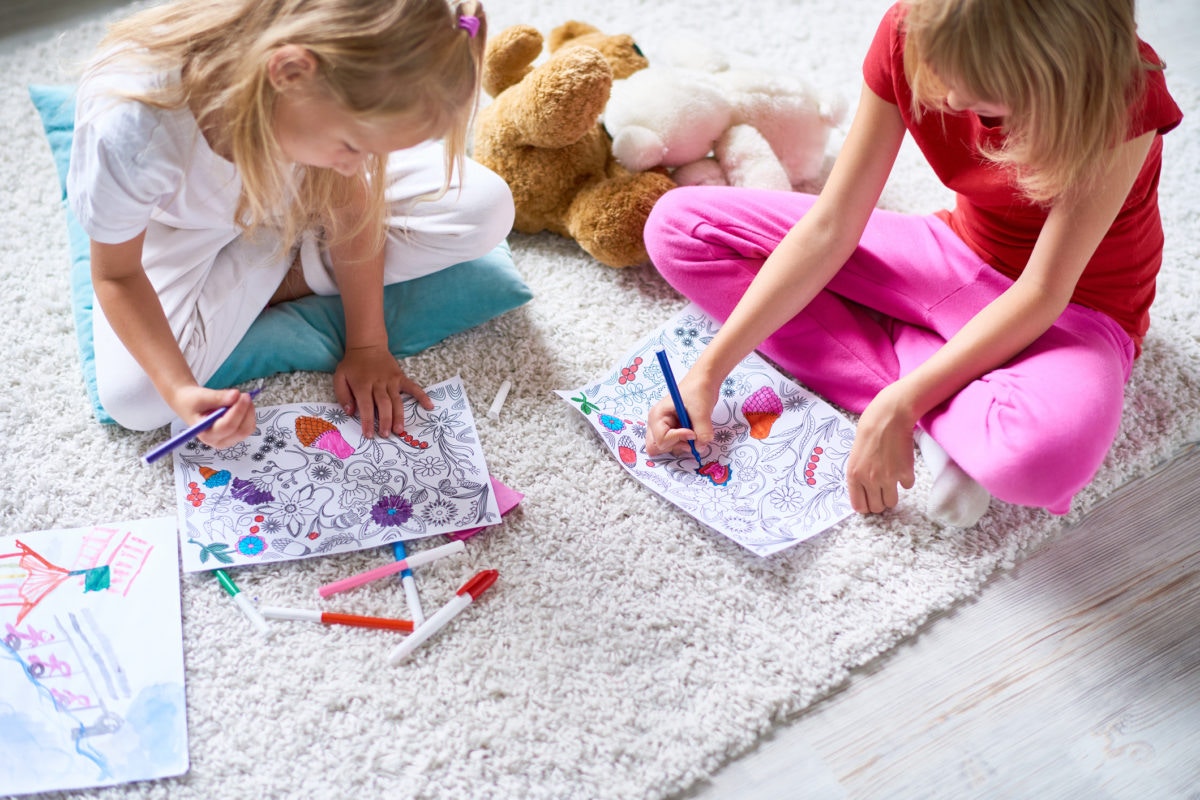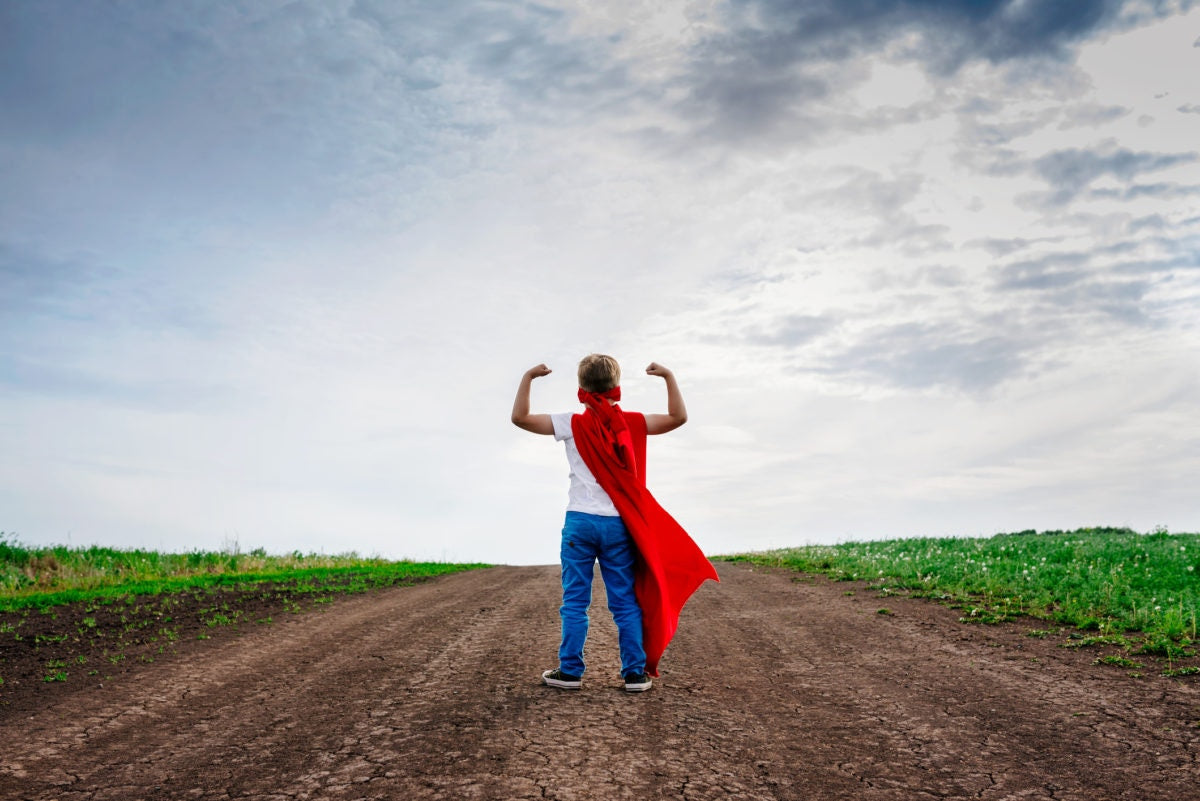A child with social anxiety fears social situations. Going to a party or a new situation can send a socially anxious child into a panic. Parents of socially anxious children know all too well the tell-tale signs of social anxiety. Sore tummies, feeling sick, tears, worries that can’t be reassured, and refusing to leave the house are commonplace signs.
Negative predictions about social situations drive social anxiety. For example, a child with social anxiety may predict that nobody at the birthday party will want to sit next to him, that he won’t know what to say, that the other children will think what he's wearing is horrible, or that the birthday child will dislike the gift he brought. Nothing will seem right as his anxious mind debates what to do. Is it any wonder that avoiding the situation appeals so much to these children?
In a 2017 study, researchers looked at whether physiological hyperarousal could predict whether children would develop social anxiety disorder (SAD). It's well-established that adults with SAD experience physiological hyperarousal such as raised heartbeat, shallow breathing, and feeling hot and sweaty in response to social anxiety. The research findings for children have been somewhat mixed, with some showing increased hyperarousal and some finding no difference between socially anxious and non-anxious children.
The study also looked at whether physiological hyperarousal predicted social anxiety in later childhood. It measured whether young children at risk of developing SAD experience hyperarousal in social situations. They also examined whether high risk children were slower to return to their baseline measure after exposure to a social situation than children not at risk.
Children considered at risk of SAD were those children whose parents had SAD. Children were considered at risk for developing SAD if their parent(s) had SAD, as SAD is accumulative (meaning that if you find one family member with SAD, there will be others in the group with SAD). Children at low risk of SAD were those who did not have a parent with SAD.
The study included 117 children who took part in an ongoing longitudinal study examining how anxiety develops. Children included in the study were typically developing and born with healthy birth weight. This study took measures from the children at 2.5 years, 4.5 years, and 7.5 years.
To measure physiological hyperarousal, the researchers used the stranger-approach task when the children were 2.5 and 4.5 years. The stranger-approach task involved a stranger entering the room and engaging in friendly conversation with the child while the mother sat behind the child. The mother was instructed to act neutral during the conversation. Heart rate (HR), heart rate variability (HRV), and electro dermal activity (skin and sweat gland changes) were measured before, during, and after the child's conversation with a stranger.
Assessments of parents’ social anxiety across their lifetime and its severity occurred before the child was born. Mothers and fathers filled out the SCARED-C, a valid and reliable parent report measure of social anxiety. Children’s social anxiety symptoms were measured at 7.5 years through the Picture Anxiety Test, a valid and reliable pictorial test to assess young children's anxiety symptoms.
The study found that physiological hyperarousal in early childhood predicts later child social anxiety. They also found that the more severe the parent’s SAD, the more likely it was their child displayed hyperarousal in the experiment.
What this mean for parents
If your child complains of symptoms like a bumpy heart, difficulty breathing, or feeling hot in response to social situations, the risk of your child developing SAD as they age is higher. If you have or have had more severe SAD, your child is more likely to have hyperarousal symptoms in response to social situations.
There are many strategies that can help children with SAD. Learning how to manage social anxiety is important and can save your child from future pain. These include physical strategies that can help calm those bumping hearts and sweaty hands. Gradual and supported exposure to social situations also helps.
When your child is older (around eight years old), thought strategies to help challenge your child’s negative predictions used together with behavior strategies helps social anxiety. If your child’s social anxiety impacts her ability to engage in her world, attending social anxiety treatment via group or individual counseling is important. A cognitive behavioral therapy based treatment program is best as this is the gold standard treatment for SAD.



